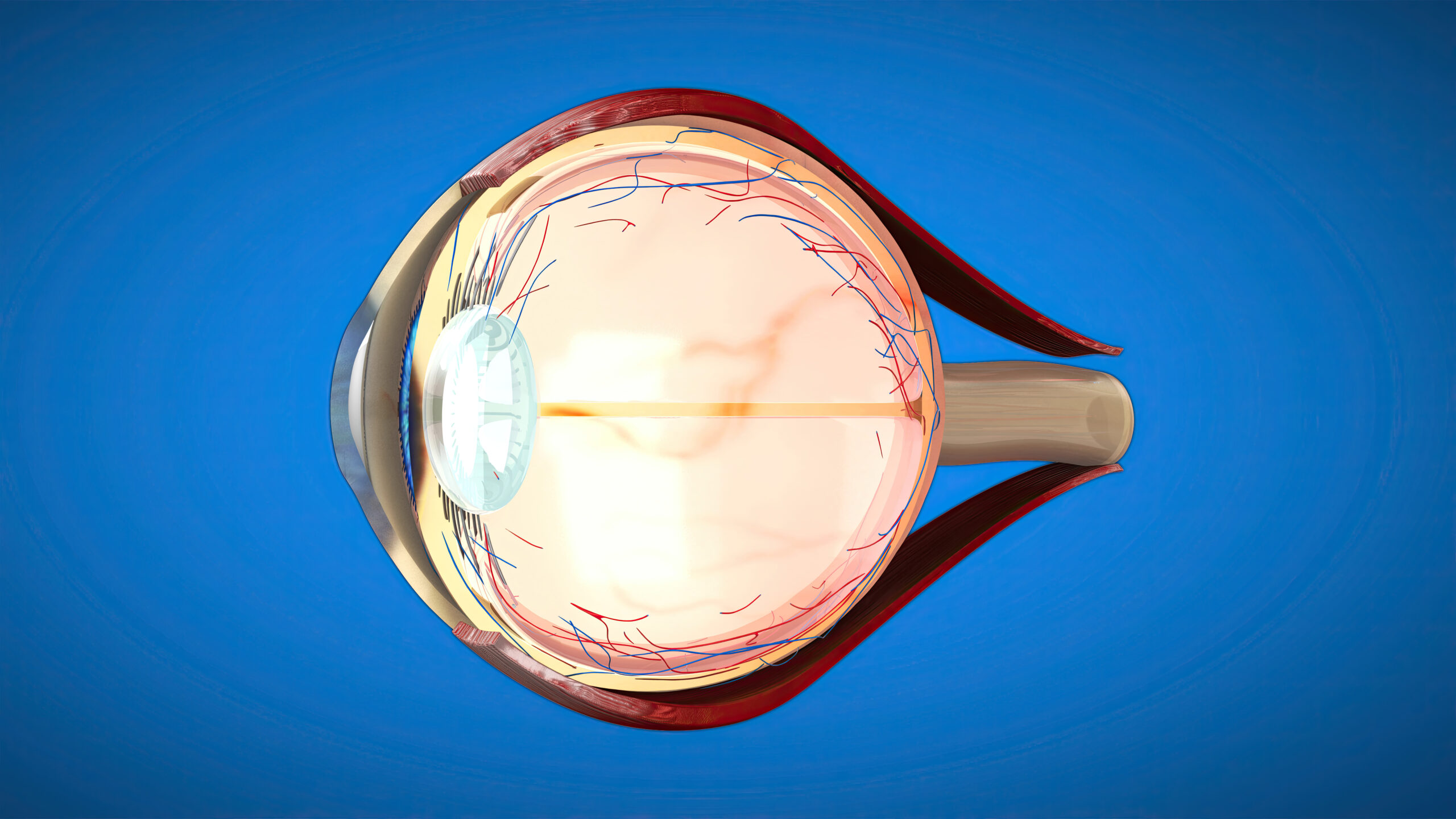Table of Contents
Cataracts are one of the leading causes of vision impairment worldwide, affecting more than half of all people by the age of 80. Despite being common, cataracts can significantly reduce your quality of life by clouding your vision and making everyday activities challenging. Fortunately, modern treatments—especially surgery—can restore clear vision quickly and safely.
In this detailed guide, we’ll explore what cataracts are, their causes, how they are diagnosed, treatment options (especially cataract surgery), and what to expect during recovery.
What Are Cataracts?
A cataract is the clouding of the natural lens in your eye. This lens, which sits behind the iris and pupil, is normally clear and helps focus light onto your retina so you can see clearly. As the proteins in the lens begin to break down and clump together, they form cloudy areas that make it difficult for light to pass through, causing vision to blur or dim.
Cataracts usually develop gradually over time and can affect one or both eyes. While they are most often age-related, younger people can also develop cataracts due to certain risk factors.
Common Causes and Risk Factors
Cataracts have many potential causes, including:
Aging: The most common cause. The proteins in the lens naturally break down over time.
Diabetes: Elevated blood sugar levels can damage the eye’s internal structures.
Smoking: Increases free radicals, which contribute to lens damage.
UV Radiation: Prolonged sun exposure can accelerate cataract formation.
Eye Injury or Surgery: Trauma can trigger cataract development.
Genetics: A family history of cataracts may increase your risk.
Medications: Long-term use of corticosteroids or certain medications can contribute.
Recognizing these factors and protecting your eyes—such as wearing UV-blocking sunglasses—can delay the onset or progression of cataracts.
Symptoms of Cataracts
Cataracts usually start small and may not cause symptoms right away. As they grow, you might notice:
Blurry or cloudy vision
Faded colors or poor contrast
Glare or halos around lights, especially at night
Difficulty reading or seeing in low light
Frequent prescription changes for glasses or contacts
Double vision in one eye
If you’re experiencing any of these symptoms, it’s important to get an eye exam.
Diagnosis: How Cataracts Are Detected
Cataracts are diagnosed through a comprehensive eye exam, which may include:
Visual acuity test – Measures how clearly you see at various distances.
Slit-lamp examination – Allows your eye doctor to view your lens and retina under magnification.
Retinal exam – Examines the back of the eye with dilated pupils.
Tonometry – Measures intraocular pressure, useful for ruling out other conditions like glaucoma.
Early detection allows for monitoring and planning the appropriate time for treatment.
Treatment Options: Cataract Surgery
While glasses and brighter lighting may help in early stages, surgery is the only effective treatment for cataracts once they interfere with daily activities.
🔧 What Happens During Cataract Surgery?
Cataract surgery is one of the safest and most common outpatient procedures performed today. It typically takes 15–30 minutes and involves:
Removing the clouded natural lens using ultrasound or laser-assisted technology.
Replacing it with an artificial intraocular lens (IOL) that restores clear vision.
You can choose from several types of IOLs:
Monofocal lenses (for distance vision)
Multifocal or trifocal lenses (for both near and far)
Toric lenses (correct astigmatism)
Your eye surgeon will help you select the best lens based on your vision goals and lifestyle.
What to Expect During Recovery
Recovery from cataract surgery is generally smooth and quick. Here’s what to expect:
Immediate Results: Vision often improves within 24–48 hours.
Mild Discomfort: It’s normal to feel a bit of dryness, grittiness, or light sensitivity.
Eye Drops: Prescribed anti-inflammatory and antibiotic drops help prevent infection and promote healing.
Protective Shield: You may be asked to wear a shield at night to avoid rubbing the eye.
Follow-Up Visits: These ensure your eye is healing well and that your vision is stable.
Full recovery usually occurs within 4–6 weeks, though most people can resume normal activities in just a few days.
Tips for a Smooth Recovery
Avoid heavy lifting or bending over for the first few days.
Don’t rub your eyes or get water directly in them.
Wear sunglasses to protect your eyes from UV and wind.
Follow your medication and follow-up schedule carefully.
Life After Cataract Surgery
Most patients report significantly improved vision after surgery—colors look brighter, night driving becomes easier, and reading becomes more comfortable. Many people no longer need glasses or only use them occasionally.
Advancements in lens technology and surgical techniques continue to improve outcomes and expand the range of vision correction options.
Final Thoughts
Cataracts are a natural part of aging, but they don’t have to diminish your quality of life. Understanding the causes, recognizing the symptoms, and knowing what to expect from treatment and recovery can help you make informed decisions about your eye health.
If you’re experiencing vision changes or have been told you have cataracts, consult an eye care professional to discuss whether surgery is right for you. With today’s advanced technologies, restoring your vision is safer and more effective than ever before.
Dr. Alejandro Espaillat is a board-certified ophthalmologist and fellow of the American College of Surgeons, specializing in cataract surgery, diabetic eye disease, and the application of artificial intelligence in vision care.

